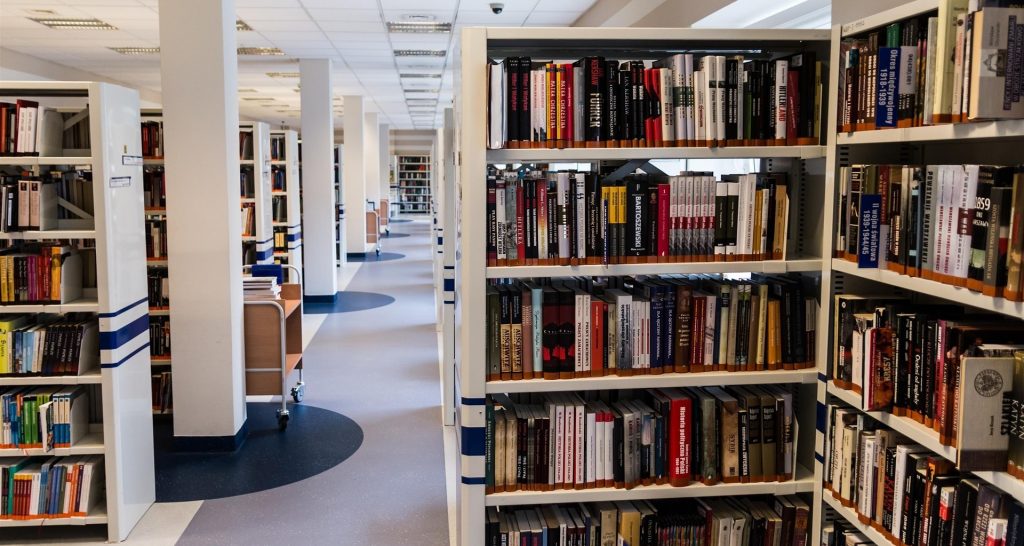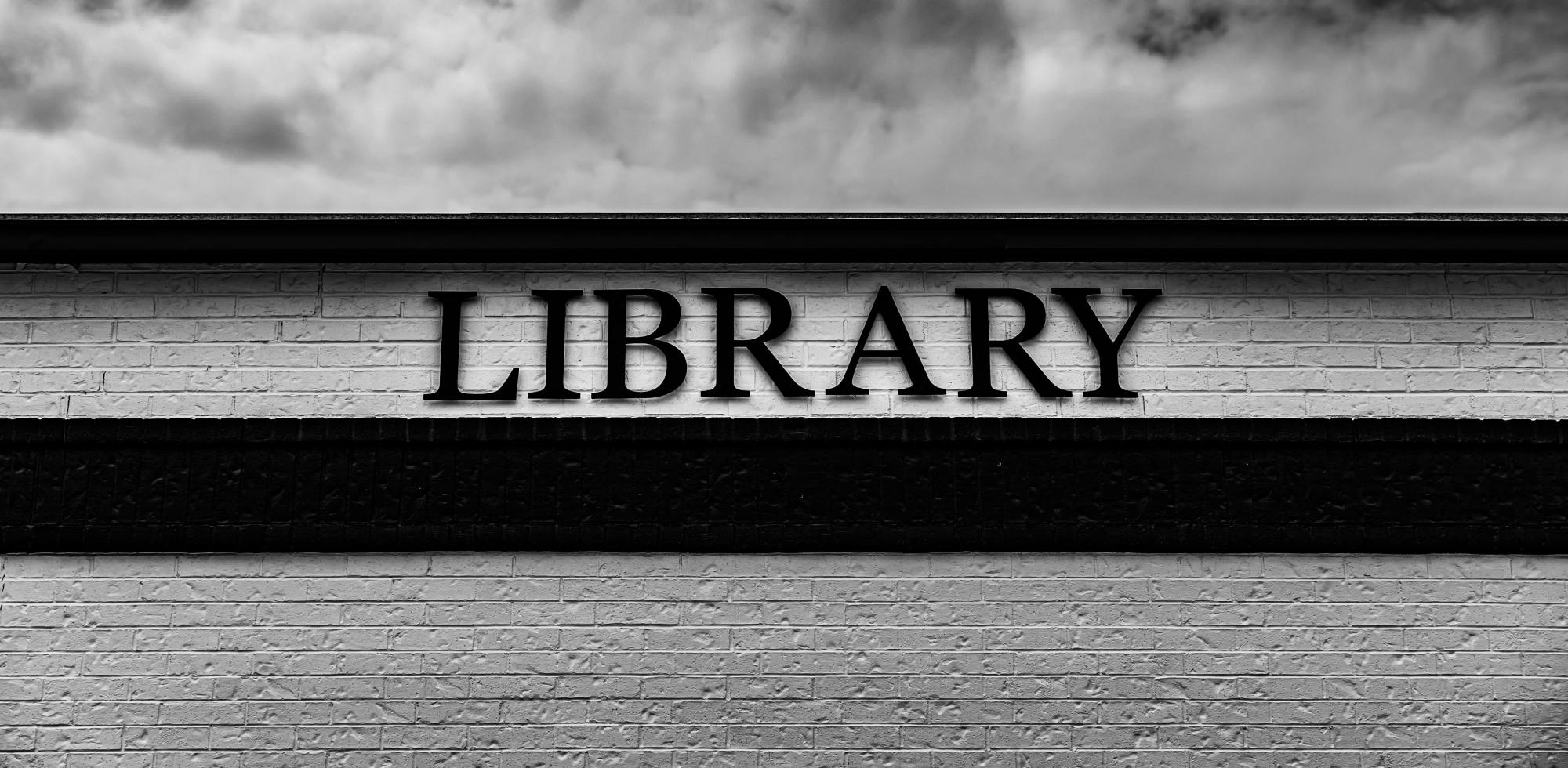Good reading habits start from a very early age with bedtime stories. As children get older and start to enjoy the freedom of reading for themselves, there is a magical place children can visit where imagination comes to life and different genres can be experimented with – the local library! And the cost? Well, it’s absolutely FREE! Beyond the hushed shelves lined with everything from picture books and chapter readers to middle grade adventures and YA novels, libraries offer young explorers a universe of possibilities. Stepping through the doors of your local library is like opening a portal to another dimension: one moment you’re standing in a small reading nook; the next, you’re sailing away with pirates, solving mysteries in shadowy mansions, discovering distant galaxies or fighting oppression. For children, regular library visits aren’t just about borrowing books, they are about building confidence, sparking creativity and becoming lifelong learners as well as having pleasure in books and reading that will last a lifetime.
Libraries aren’t just a place that collect and store books, they have many benefits. One of the most obvious of these benefits is the access to thousands of titles, both physical and digital, and all completely free. Inside those hallowed walls there is everything from board books for toddlers to graphic novels for tweens and YA adventures for teens – public libraries stock a dizzying array of children’s literature. Unlike your single bookshelf at home, the library’s collection invites and encourages readers to sample unknown authors and genres they might never encounter otherwise. Is your child obsessed with dinosaurs one month and mermaids the next? The library has both and lots more to explore and experiment with! When kids borrow books, they’re encouraged to follow their evolving interests, expanding their horizons one checkout at a time.
Regular library visits teach children to ask questions and seek answers. The next time a young reader wonders, “How do volcanoes erupt?” or “What was life like in medieval castles?” they can head straight to nonfiction shelves stacked with engaging science guides and history picture books. Many libraries also offer interactive exhibits, hands-on science kits, nature terrariums and even local history displays, that make abstract ideas tangible. By exploring all the resources the library can offer, children learn to research, compare information and think critically about the world around them.
As previously mentioned, libraries are more than book repositories; they are also community hubs. With events such as weekly storytimes, they introduce toddlers to early literacy, which in turn help to build listening skills and foster a love for rhyme and rhythm. Older kids might join book clubs, where they chat about characters, draw their own fan art or even meet local authors. And then there are the special events, in school holidays for example, with craft workshops, coding clubs and summer reading challenges – bringing families together in a shared celebration of learning. These programs teach social skills, spark new friendships and help children see reading as a fun, communal activity rather than a solitary chore.

With their quiet serene rooms, cosy reading corners and computer access, libraries provide safe havens for focused exploration. Whether your child needs a distraction-free corner to finish a school project, homework or just wants to practice keyboard skills on a library computer, these dedicated spaces support independent learning. The keeper of the books, aka librarians, serve as guides, recommending age-appropriate titles, helping with research strategies and can even offer reading-level assessments. Their expertise ensures that every child finds just the right book to boost confidence and foster steady progress.
Modern libraries don’t stop at print. E-books, audiobooks, online learning platforms and homework help resources are often available through library websites and apps (BorrowBox, Libby etc.). With a library card, kids can stream read-alongs, check out e-comics or access language-learning programs – anytime, anywhere. This blend of digital and physical resources ensures that children who prefer tapping screens or listening to stories can still benefit from the library’s wealth of materials.
Tips for Making the Most of Library Visits
- Get a Library Card: Even little ones can have their own cards – let them practice responsibility by checking out and returning books on time.
- Create a Reading List: Before each visit, have your child jot down three genres or topics they’d like to explore.
- Attend an Event: From LEGO engineering to poetry workshops, encourage kids to join one library event each month.
- Make It a Routine: Schedule weekly “library dates” to return and borrow books.
- Talk to a Librarian: Teach kids that librarians are friendly experts, eager to suggest hidden gems and guide research.
Visiting the library regularly equips children with more than just books – it cultivates curiosity, critical thinking and community spirit. As young readers wander through stacks, participate in storytimes or tap through digital collections, they build skills that extend far beyond the page. So grab your library card, lace up your shoes and set off on a new adventure every week. Young Page Turners recommends making the library a family tradition – because the habit of discovery is one gift that lasts a lifetime.
Finally, by using your local libraries it keeps them being used and open to future generations. To find your nearest library, visit www.gov.uk/local-library-services.
Photo credits:
Header Image: Photo by Caden Van Cleave via Pexels
Article Image: Photo by Michal Jarmoluk via Pixabay


